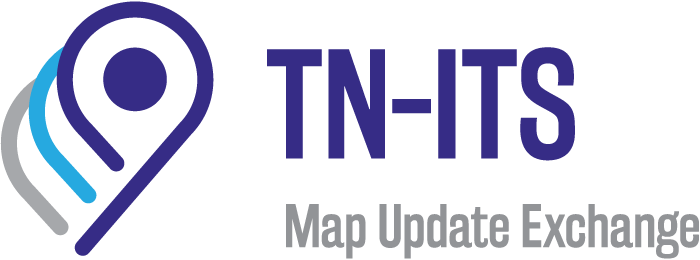Since joining ERTICO in 2018, Frank Daems has been involved in the TN-ITS platform. Mr Daems, now Senior Manager of Innovation and Deployment, has a broad professional background in media electronics, banking and the semiconductor industry. Over the years, he has gained extensive knowledge of all types of technologies, standards, cybersecurity, and automation, which he is now bringing to the innovation platform. Frank admits that it took him some time to comprehend TN-ITS’ value. Now, he envisions a promising future for the platform following recent developments such as NAPCORE and the increased focus on cities’ engagement.
Why is TN-ITS relevant to the ITS industry? What is its main distinguishing feature compared to similar initiatives?
TN-ITS began with an agreement between the service providers and the Member States road authorities to start working on a protocol and a data exchange methodology, later materialized in the CEN technical standard. It became a very reputed standard-based protocol. Now, it is part of the revised delegated regulation on RTTI.
To give a better insight, in the GPS of your car or your phone, you will see that TN-ITS is the basis because a good digital map is a representation in which every service has to find its way. If the digital map is not correct, then probably the service will be at the wrong place. This is what we call in TN-ITS the ‘base layer’, where we try to update the maps as quickly as possible. The data comes from the authority because the authority is responsible for the digital twin of reality in the physical world. The fact that it is originated from the authorities makes it trusted.
In 2021, TN-ITS joined the National Access Point Coordination Organisation for Europe (NAPCORE) as a member. What is the platform’s role within this European project?
In the beginning, some parties didn’t see the correlation between TN-ITS and NAPCORE. It was the Commission that wanted to have it in. In NAPCORE, there is a working group on the alignment of standards to ensure consistency and harmonisation. It is not always clear to the user what kind of data source they have to use for a certain application. NAPCORE gives us the structure and the format to be able to discuss with each other. There is a real demand for alignment and a real strategy demand on how standards evolve.
NAPCORE is now busy with compliance rules, including under which conditions data can be exposed in the NAP or the necessary quality data aspects to be governed. These are also very important elements for TN-ITS itself. NAPCORE is an opportunity to work together, be cooperative and share knowledge and resources to solve these common aspects in data sharing.
Besides transport efficiency, safety is a major concern for the ITS community and the drivers. How does TN-ITS contribute to making European roads safer?
Safety is at the heart of the platform. The European Transport Safety Council (ETSC), for instance, is a member. TN-ITS is about the map data and the attributes on the map, like where are the traffic signs, what kind of speed limits are there at a certain geographical place, etcetera. This is crucial information for applications like Intelligent Speed Assistance (ISA) which was demonstrated in the ISA-FIT project in Helmond (Netherlands). The project showed that you can make a vehicle which reacts fantastically, and I’m not a driver that is easy to persuade, to be automatically driven. The car helps people to follow the rules intuitively, and by that, you will probably have fewer accidents because you stick to the speed limit.
From TN-ITS, we look at the data chain between the city, the authority, the National Data Warehouse in the Netherlands, and the private companies that incorporated the ISA application in the car. We came out with the fact that it is much more cost-effective to generate the right data on the map. I guess that is our role in safety, to nudge the driver by providing him with the right digital data and by the right automation, ADAS, the automated driving assistance feature, in a human way. The project in Helmond showed the potential for that.
What are the main milestones you seek to achieve in the upcoming years?
Thanks to the exposure that NAPCORE provides us, and the RTTI Delegated Regulation, there is much more attention on TN-ITS now than a year ago. Our goal for 2023 is to work further on more geo coverage in the Member States and new areas like regional areas and cities. The ERTICO City Moonshot initiative and NAPCORE give us more possibilities to access city authorities. We want to address the member states and try to understand what prevents them from going forward in data exchange mechanisms like TN-ITS. We also want to help them with the training packages that we have.
One of the big projects in 2023 is the Roadshow, which addresses Member States and listens to them, but it also advocates the role of TN-ITS and offers solutions to roll out the service. One of the main blocking areas in many Member States is cooperation. They cooperate, but city authorities and Member States have different roles. In data sharing, they all come together. The city is responsible to understand the needs, but maybe the trust comes from the Member State. We should understand these roles and create an inventory with the necessary tools. This roadshow will reveal the insights that we will in 2024 formulate in policy options and regulations towards Commission. Maybe new CEF projects could enable infrastructure to more quickly come to mobility data space that can share data between parties.

